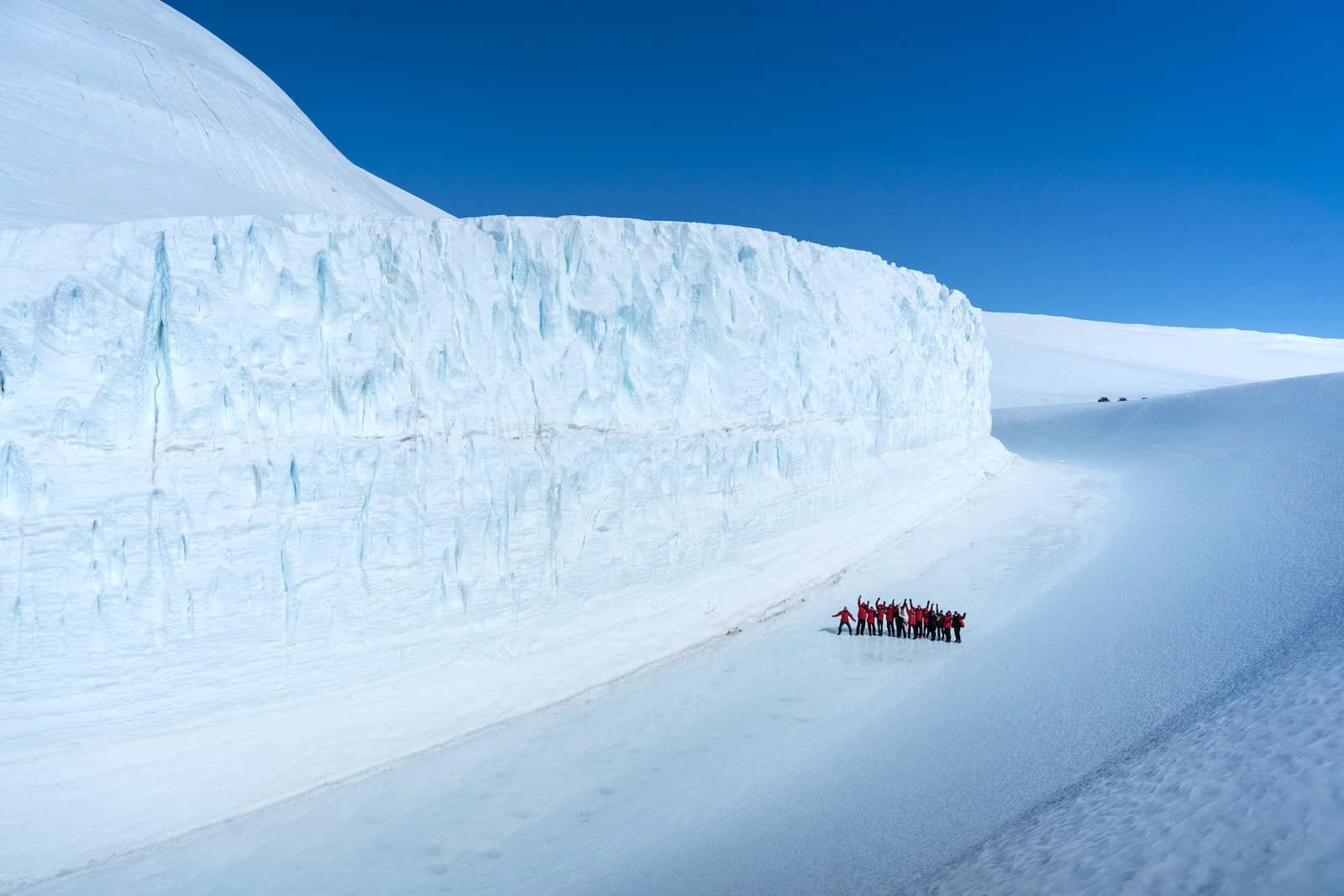About Antarctica
Antarctica is the coldest, windiest, highest and driest continent on the planet.

DOCUMENTS FOR DOWNLOAD:
Extreme Conditions
The lowest temperature ever recorded on Earth was -93.2°C (-135.8°F) in eastern Antarctica in 2010. At this temperature, steel will shatter, and water will explode into ice crystals. Antarctica also experiences regular katabatic winds, reaching up to 300 km per hour (185 miles/hour), making the coastal regions particularly breezy. Despite the cold, Antarctica is dry, with precipitation levels similar to those in the Sahara Desert, averaging only 50mm (2 inches) annually.
Altitude
The continent's average altitude is about 2,133 m (7,000 ft), with the South Pole situated at 2,835m (9,300ft). The highest point in Antarctica is Vinson Massif at 4,892 m (16,050 ft), and the lowest is the Bentley Subglacial Trench 2,555 meters (8,382 ft) below sea level.
Vast and Icy
Antarctica, with a land mass of 14 million square km, exceeds the sizes of Oceania and the European subcontinent. It's the fifth-largest continent, almost 1.5 times the size of the United States. Its coastline stretches approximately 18,000 km, with about 98% of the continent covered by a thick ice sheet, leaving only 2% as barren rock. It holds 70% of the planet's freshwater and 90% of the world's ice. The Antarctic Peninsula, known for its relatively moderate climate, contains some ice-free coastal areas.
Unique Daylight Cycle
The continent experiences six months of daylight followed by six months of darkness annually. Interestingly, during the summer, the South Pole receives more solar radiation than the equator does over the same period.
Historical Explorations
The harsh weather, strong winds, and brutal storms have been synonymous with Antarctica since its discovery, posing significant challenges for explorers. The first successful expedition to the South Pole was led by Norwegian Roald Amundsen in December 1911, followed by Robert Scott's British team, which reached the pole a month later but tragically died on the return journey. Antarctica's existence as a continent was confirmed in the early 19th century, leading to increased exploration and scientific research, particularly after World War II.
International Presence and Treaty
Numerous countries have established research stations on Antarctica, and while seven countries have made territorial claims, not all are recognized by nations such as the USA and Russia. The Antarctic Treaty, signed in 1959 and effective from 1961, serves as a legal framework for the continent's governance, emphasizing peaceful and scientific pursuits and prohibiting military activities.
Antarctic Ice Ultra


